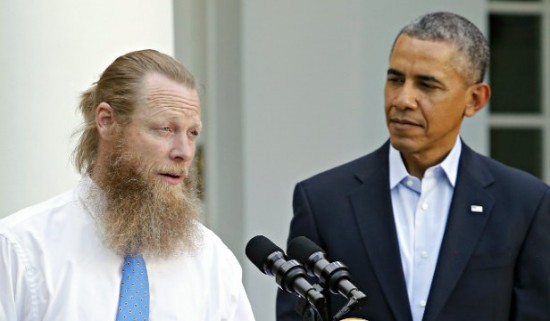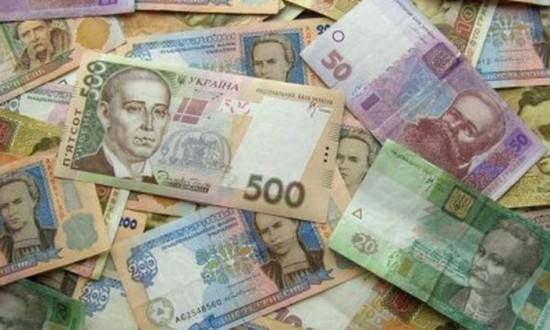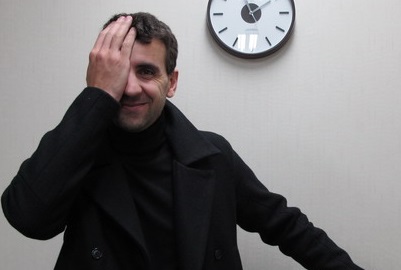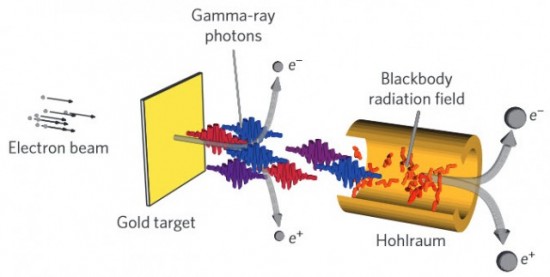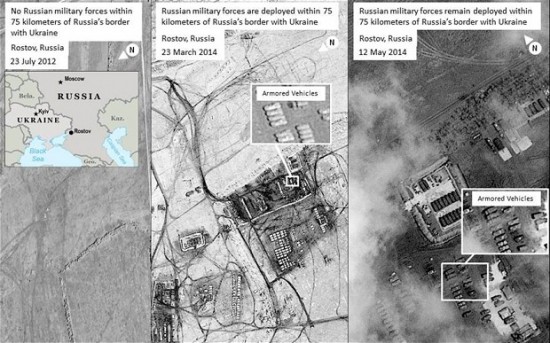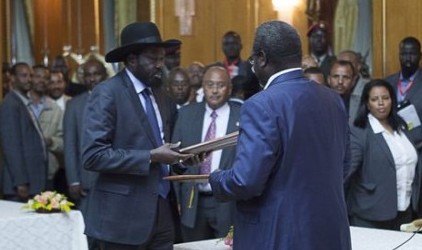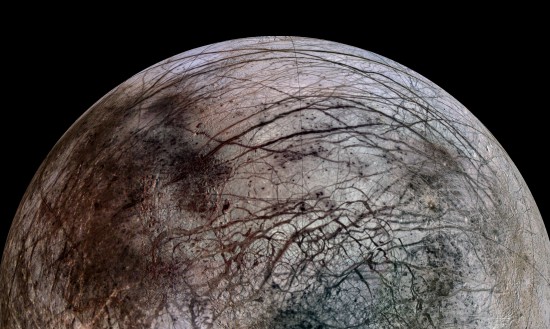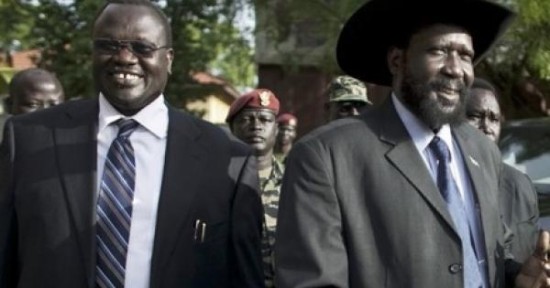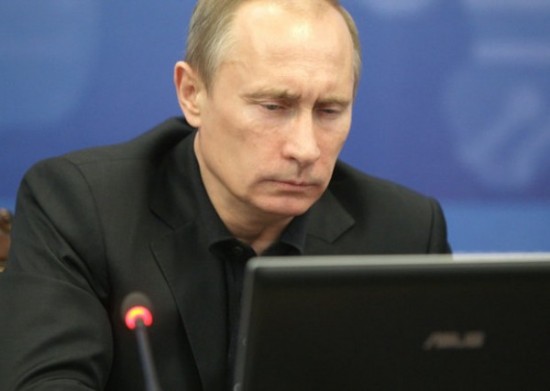The Arms Trade Treaty (ATT) needs 50 ratifications to become legally binding international law, and it already has 40 ratifications, with the eight ratifications added June 3. Ten were expected to ratify.
A total of 118 states have signed the treaty. Four of the world’s major arms producers–USA, France, Germany and USA–signed in September. Appeals have been made to the 155 states who voted last year to adopt the ATT at the UN General Assembly in New York last June 3, groups such as Amnesty International have made appeals to stop hesitating. Most of the 43 states who have yet to sign are from Asia, Africa and the Middle east.
The ATT prohibits conventional weapons and munitions sales to states when there is knowledge the weapons would be used to commit or fascilitate serious human rights abuses, such as genocide, war crimes and crimes against humanity. States will be required to conduct objective assessments to avoid risks.
Amnesty International estimates that 500,000 people are killed each year due to armed violence and conflict. In addition, millions of people are displaced, abused and injured.
Amnesty also called on states not to wait for the treaty to come into effect before observing its human rights provisions. Antigua and Barbuda, Belgium, Costa Rica, Germany, Iceland, Mexico, Norway, Serbia, Spain, Trinidad and Tobago, and the UK have decided to implement the treaty’s human rights provisions sooner than the required date.
Currently, international commerce in weapons accounts for the equivalent of billions or trillions USD each year. The ATT is 20 years in the making–it started out as a group of civil activists expressed concern about unregulated global arms trade and its impact on human security. The idea was a set of ethical standards for arms trade.
China and Russia have abstained from signing so far. Both were expected to sign the treaty soon, but on May 20 Voice of Russia reported that Moscow would not sign the ATT because it was “not completely thought through,” and because it “discriminates against the Russian military industrial complex.”
The ATT will come into force 90 days after the 50th ratification. Ratification means adopting the ATT into a nations laws. The ATT will be the first legally binding instrument ever negotiated in the United Nations to establish common standards for the international transfer of conventional arms.
By Day Blakely Donaldson
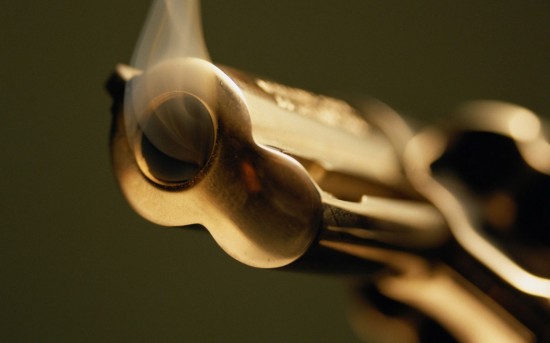
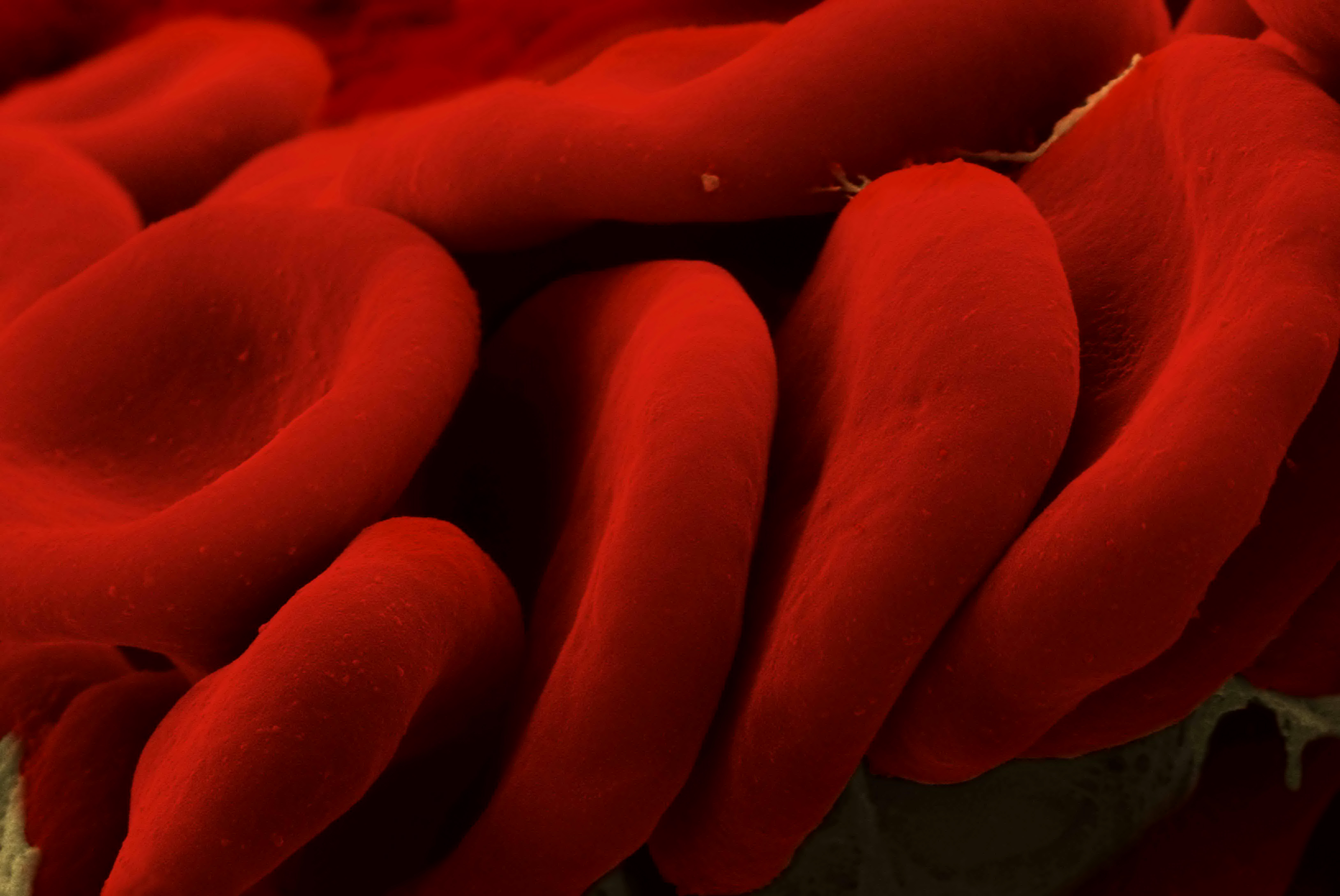

 “It means we could overcome some of the inherent problems with transfusions as there would be no need for blood group typing and a longer shelf life means you are able to stockpile the supplies necessary for major disasters. It also offers the opportunity for routine transfusion support in ambulances or at remote inaccessible locations,” explained Essex’s Professor Chris Cooper, a biochemist and blood substitute expert.
“It means we could overcome some of the inherent problems with transfusions as there would be no need for blood group typing and a longer shelf life means you are able to stockpile the supplies necessary for major disasters. It also offers the opportunity for routine transfusion support in ambulances or at remote inaccessible locations,” explained Essex’s Professor Chris Cooper, a biochemist and blood substitute expert.